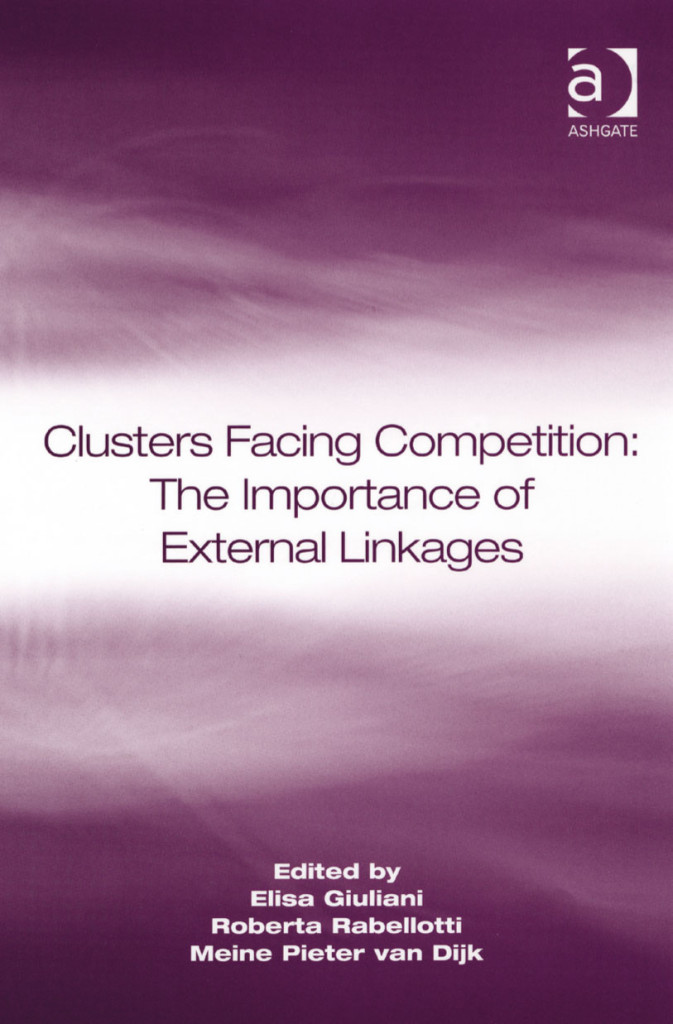World Knowledge Forum, Seoul.
I was invited at a panel on the Economics of Inter- Firm Catch Up discussing how global economic recession, can be an opportunity for late-comers to enter the market and catch up with forerunners.
Download the pdf, Pres World Knowledge Forum 2009-10

